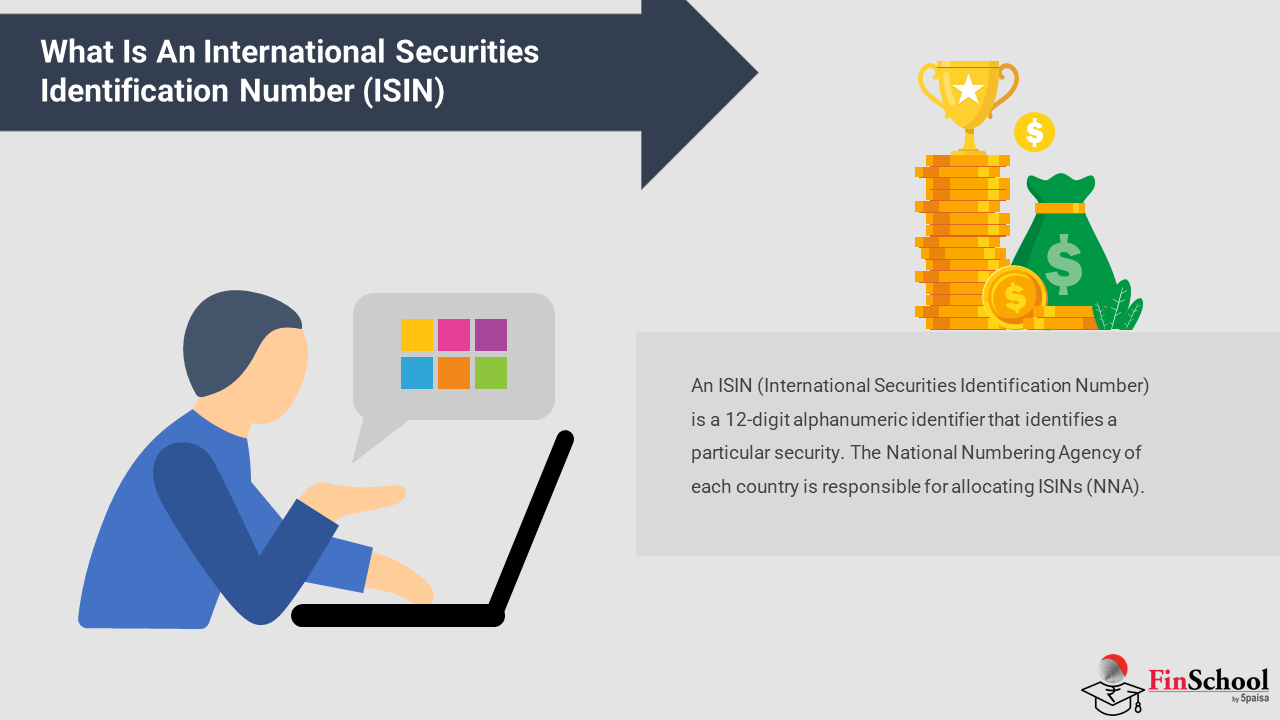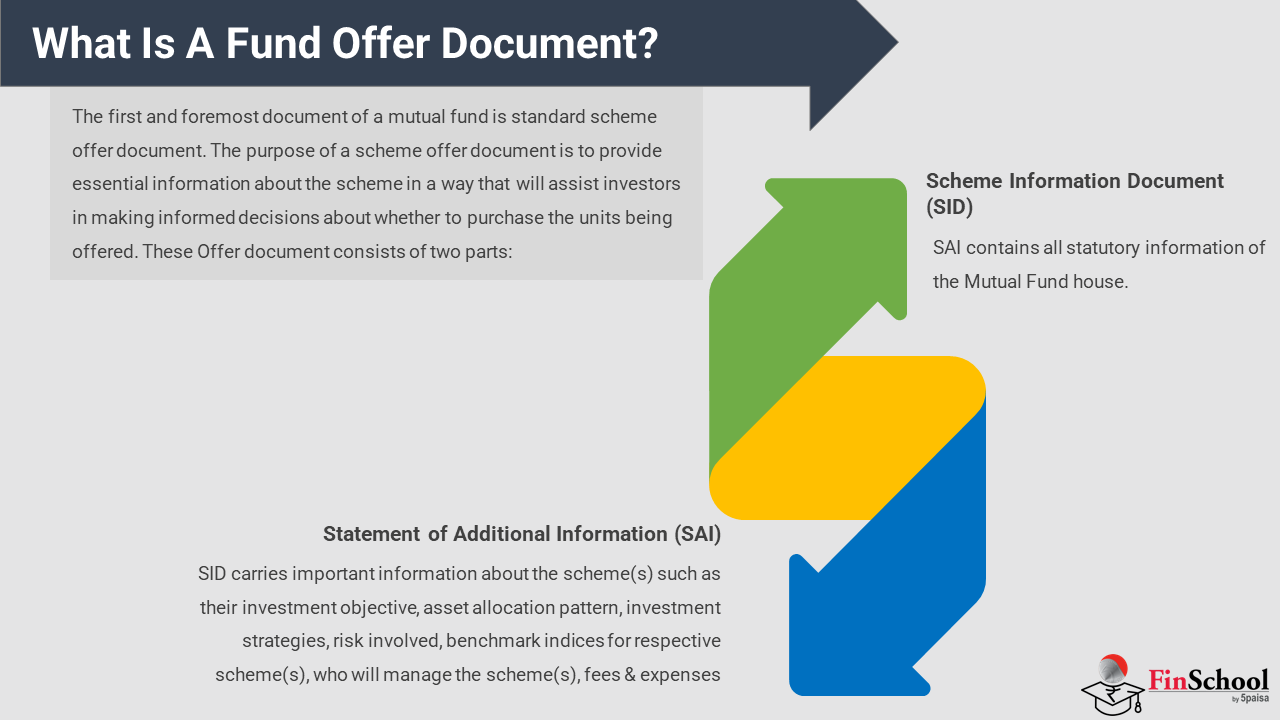- Study
- Slides
- Videos
10.1 Introduction To What Is Re-Insurance
The rudimentary notion of insurance is to enlarge the coverage of risk far and wide for the purpose of compensating economic losses occurred due to Peril. Thus, Insurance is a mechanism that does not avoid a Peril rather reduces the impact of financial loss on the beneficiary of asset. Insurance Companies are hit by Catastrophic Risk that may cause bankruptcy to the Insurer or owner. Therefore, to negate aggravating losses Primary Insurers transfer their risk to Re-insurers by ceding a portion of the premium.
In India, places are hit with floods and droughts due to uneven spread of monsoon. Both events are determined as fore-bode catastrophic losses. Tracing the remote past, Enron scam and Harshad Mehta Scam, Fire in off-shore Rig of ONGC, PNB Scam, and Fire in Serum Institute of India are either Engineering Failure or human failure. Organizations are crippled due Surge in Cyber Attacks increasing their data recovery costs along with enormous property losses resulted due to failure of computer-controlled plants.
Despite the fact that individuals transfer their risk to the insurers, the insurers can similarly transfer a part of their risk to some other insurer. Generally, insurers have abundant funds to repay claims, though, catastrophic events amount to thousands of claims that include extremely huge amount of money hence, insurers cede a proportionate amount of risk to other insurers, established as Re-insurers for the purpose of the reduction in liability that arises while repaying claims. While we date back to the unfortunate and jinxed evening of 26th November, 2008 when terror clouted Mumbai ensuing the ordeal, leading to a massive genocide of human lives.
Similarly, on 11th March, 2020 the World Health Organisation announced the novel of coronavirus as a pandemic. Pursuant to statistical reports dated 18th August, 2020, 21.8 Million have been affected by the noxious virus. Many of us perceived the situation as a horror, but few individuals and companies contemplated to support the victims. These companies are none other than insurers along with their underwriters. However, in ‘India Insurers’ are permitted to retain only up to a specified limit prescribed by the Insurance Regulatory and Development Authority of India, 1999 to assure that insurer settles the claims as promised.
In accordance with the IRDAI Re-insurance Regulations, 2018 “Every Indian insurer transacting life insurance business must now maintain at least 25% of the sum at risk for pure protection life insurance business portfolios and 50% for other portfolios.” Section 2 (16B) of The Insurance Act,1938 explains the modus operandi of re-insurance as a contract between the insurer and the re-insurer wherein the re-insurer accepts a part of risk of the insurer in lieu of a mutually consented premium.
According to Section 101A of the Insurance Act, 1938 it is mandatory for an Insurance company to re-insure maximum 30% of sum-assured with another Indian re-insurer. Section 2(16B) of The Insurance Act, 1938 explains the modus operandi of re-insurance as a contract between the insurer and the re-insurer wherein the re-insurer accepts a part of risk of the insurer in lieu of a mutually consented premium. According to Section 101A of the Insurance Act, 1938 it is mandatory for an Insurance company to re-insure maximum 30% of sum-assured with another Indian re-insurer.
Currently, there are various re-insurer of voluminous size, operating across the world. Amidst dynamic changes in the Corporate world re-insurance companies encounter various challenges in order to sustain their goodwill in the market. This paper navigates through the evolution of Re-insurance in India by endeavoring an overview on the position of re-insurance companies’ pre-liberalization and post-liberation.
10.2 Growth and Development of Re-insurance In India
The Constitution of India divides the power between the central government and state government and is thus Federal in nature per se. The central government authorised to regulate the Insurance sector of India and hence the legal provisions pertaining to insurance industries are uniform throughout the Indian territories. The growth and development of insurance industries has undergone three distinct phases:
Pre-nationalization of the Re-insurance industry in India
General insurance companies regulating in India formed India Insurance Corporation in 1956 which started attaining voluntary quota share sessions from Various member companies. Subsequently, in 1967, the Government of India made every re-insurer to cede a minimum percentage of insurance premiums to the Re-Insurance Corporation. The authorized Indian reinsurance companies were:
- Indian guarantee and general insurance company.
- Indian re-insurance corporation.
Post-nationalization of the reinsurance industry in India
In 1972, Government of India established the General Insurance Corporation of India that was a wholly-owned Company of the government. GIC enjoys monopoly in the insurance market of India wherein it wrote a business from 161 countries and was ranked 12th among the best reinsurance companies. It acquired 60% of premium from insurance companies of India and the rest 40% from other countries, which resulted in solvency rate of 1.83 which was more than 1.5 as a standardized rate issued by IRDAI therefore, it was clear that GIC Re alone could sustain huge number of losses along with the setting off claims at the time of a Peril.
Post-Liberalisation of the reinsurance industry in India
Pertaining to the procedure of liberalization of the reinsurance industries, the Indian regulatory and development of India who was authorised to regulate and control the conduct of the entire Indian insurance business. It is established 4 subsidiaries named The New India Assurance Company Limited, National Insurance Company Limited, United India Insurance Company Limited and Oriental Insurance Company Limited which were dealing from GIC. subsequently private insurance players work permitted to join hands with the domestic insurance players bio pertaining legal license from IRDAI.
Subsequent to the General Insurance Business Nationalisation Amendment Act, 2002, came into force on 21st March, 2003 after which GIC supervisory role over the subsidiary companies came to an end. The subsidiary companies’ ownership was vested with the Government of India which made General Insurance Corporation of India as the only reinsurance company in the domestic reinsurance market.
10.3. Regulatory Mechanism of Indian Re-insurers
Section 101(a) of the Insurance Act, 1938 provides that every life insurance business must see 30% of the premium amount to the re-entry and general insurance business must seed 5% of the premium amount charged on a policy. this is also known as obligatory cession. IRDAI (General Insurance-Reinsurance) Regulations, 2000 govern the functioning of the reinsurer. regulation 3 (1) can templates that reinsurance program should abide by the undermentioned objectives:
- Expand retention limit within India.
- Simplified business administration.
- Safeguard the best possible option for the re-insurance amount incurred.
GIC re-created a market tourism school on 1st April, 2002 where all the insurers for the members of the pool. The members of the pool voluntary ceded the pool. Initially, the pole had a capacity to procure Rs.200 crore which was subsequently revised to Rs.600 crores.
Pursuant to Regulation 3(10) IRDA (General Insurance-Reinsurance) Regulations, 2000, before placing cessions outside India Every insurance must offer opportunities to Indian insurers to participate in its facultative treaty. Indian reinsurance can place business with only those insurers that have a credit rating of BBB (standard and poor) or any other equivalent rating benchmark by international rating agencies. Minimum 3 reinsurance branches that have procured a legal license from IRDAI and haven’t registered under Regulation 4(a) of the Branch Office Regulations should maintain a minimum retention limit of 50% to the Indian reinsurance business.
10.4.Re-insurance market in India
The re-insurance industry is a major contributing variable to the economy and hence envelops sheer importance in Financial Markets. Therefore, the prominence of re-insurance industry is sui generis and is enormously an ally in catastrophe. It is deemed that the birth of Re-insurance took place in 1852 when the first treaty of re-insurance was written by Cologne Re post a decade of Great fire of Hamburg.
Subsequently, Swiss Re was established in 1863 and Munich Re was established in 1880. Re-insurance is an apparatus where an insurer who bears high volume of risk purchases insurance from other insurer to subsume those risks. The insurer that stipulates re-insurance coverage is called re-insurer. Similarly, an insurance company that buys re-insurance is known as a ceding insurer, reinsured or a ceding company.
Therefore, one insurance company cedes a proportionate portion of its risk in consideration of a premium amount, for which the ceding company retains the liability to control the subsequent loss. While entering into a contract of re-insurance, insurer agrees to pay proportionate premium to the re-insurance company in behalf of the financial burden exposed to them under a direct insurance policy that the insurer originally issued to its insured. A reinsurer who procures its own re-insurance is knows as retrocedent. Re-insurance is a channel that reallocates their own risk. Re-insurance primarily is of two kinds:
- Facultative Re-insurance
- Treaty Re-insurance
Facultative Re-insurance
According to Section 2(d) of The Insurance Regulatory and Development Authority (General Insurance- Reinsurance) Regulations, 2000, facultative re-insurance denotes a certain portion or all of a single policy wherein re-insurer and the insurer can separately negotiate on accepting or declining individual submission.
Treaty Re-insurance
According to Section 2(i) of The Insurance Regulatory and Development Authority (General Insurance- Reinsurance) Regulations, 2000, Treaty re-insurance signifies as prearrangement between the reinsurer and insurer which provides financial terms along with technical particulars that would be applied to classes of re-insurance business for one year or more than a year.
The fundamental difference between Facultative Re-insurance and Treaty Re-insurance is that under facultative re-insurance, the reinsurer has an option to undertake a particular risk in a specific policy. On the other hand, under Treaty Re-Insurance the reinsure is obliged to accept the risks mentioned in the contract. To understand the principles of contractual obligation pertaining to Re-insurance it is necessary to examine the Doctrines underpinned in the Contract of Re-insurance. Once there is positive enforcement of the Indian legislature, the language and Intention of the legislature would be applicable to the facts of each case. Moreover, the common law of England relies upon the determination of good conscience, justice, and equity.
Good Faith
Contract of insurance is determined as a contract uberrimae fidei. Utmost good faith is determined as a fundamental aspect of insurance law wherein parties to a contract are obliged to disclose every relevant and material fact known to them. The burden of proof to prove misrepresentation on non-disclosure lies on the insurer. Material alteration in the terms and conditions of the contract cannot be made by the Insurer without the mutual consent of the reinsurer. Similarly, the insurer is not permitted to demand an additional premium nor can the re-insurer escape the liability to cover the risk of the insurance company. The contractual liability of good faith is very stringent in India. In the Star Sea Case, the House of Lords ruled that the duty of utmost good faith commences from the enforcement of the contract. Under Treaty re-insurance the ceding company owes a fiduciary obligation to disclose material fact.
Misrepresentation
Representation compromises of those statements that are induced by one party to the other, either while entering into a contract prior to entering a contract. These statements must be fulfilled on the conveyance of the final accepted policy. Mere recital of Representation made while entering the contract will not constitute to a warranty. If such representations are untrue er se the entire policy can be avoided. The insurance act stipulates three conditions that would establish misrepresentation:
- The statement must compromise a material fact that is suppressed for undisclosed.
- The intention of such suppression of material facts by the insurer must have a fraudulent intent.
- The insurance company must have cognizance of the facts that are suppressed. The onus of proof for establishing that the insurer had suppressed material fact would be on the reinsurance company.
Contract of indemnity
In a contract of indemnity under reinsurance, the reinsurer indemnifies the insurance company for the proximate losses that would be suffered by them after occurrence of peril that was insured by the insurance company in the original policy. While entering into a reinsurance contract the insurer consents to pay a particular amount of premium to the reinsurance company for subsuming a portion of its financial risk under the direct policy. Through this indemnity relationship, the reinsurance company seeds a portion of risk among one or more re-insurer. Therefore, reinsurance is distinct from direct insurance where the reinsurance company is not directly responsible to the original insured. Hence reinsurance indemnity arises only once the re-insured pays the claim. Here the reinsurance company brings back the reinsurance company to the same position as if the peril never occurred after reimbursing the indemnified amount on certain conditions:
- On the occurrence of the peril, the insurance company must prove financial losses.
- The indemnity limit would be restricted to the amount specified in the contract.
- The insurance company will indemnify the losses pause event to only proximate causes
10.5. Financing techniques for Re-insurance companies
Insurers transfer the risk to Re-insurers. However, on the event of Catastrophic Events the burden of re-insurers increases which would even result in issues pertaining to insolvency. Contemplating the high/low frequency of Catastrophic event, re-insurer must opt for long-term financing techniques to smoothen the future losses. For example, if we overlook the floods that hit Kerala it was necessary for re-insurance companies to increase their credibility by considering the devices to distribute their risk. Dissemination of peak risk on capital markets or any investor would ease the strain implied on capital position of re-insurer that would ascend due to enormous catastrophe.
Therefore, apart from traditional insurance the two alternatives for the re-insurance companies are Catastrophic Bonds and Alternative Risk Transfer (ART). ART is a tailor-made solution for financing risk which enables re-insurers to transmit risk to capital markets to protect them against certain risks. Moreover, under this financing techniques the re-insurer self-finances the risks that are covered under the traditional policy. Cat Bonds transfer a particular risk to an investor from a sponsor. Cat Bonds enable the re-insurance companies to alleviate the financial risks occurred from huge Catastrophe events, that would incur damages which would be impossible to repay from the invested premiums.
While analysing the impact of catastrophic event it is significant to cogitate the severe consequences encountered by Re-insurance Companies due to the roll-out of the Novel Coronavirus. The re-insurance sector has ancient acquaintance with volatile events. It regularly adapts to unforeseen events by developing qualitative and quantitative risk management techniques. COVID-19 has impacted underwriting risk, liquidity risk, reserve risk, asset risk and operational risk. For a few re-insurers, the decline insolvency rate may impact their required minimum capital, whereas some re-insurers will need to overlook the capital models set by the rating agency to avoid a downgrade.













